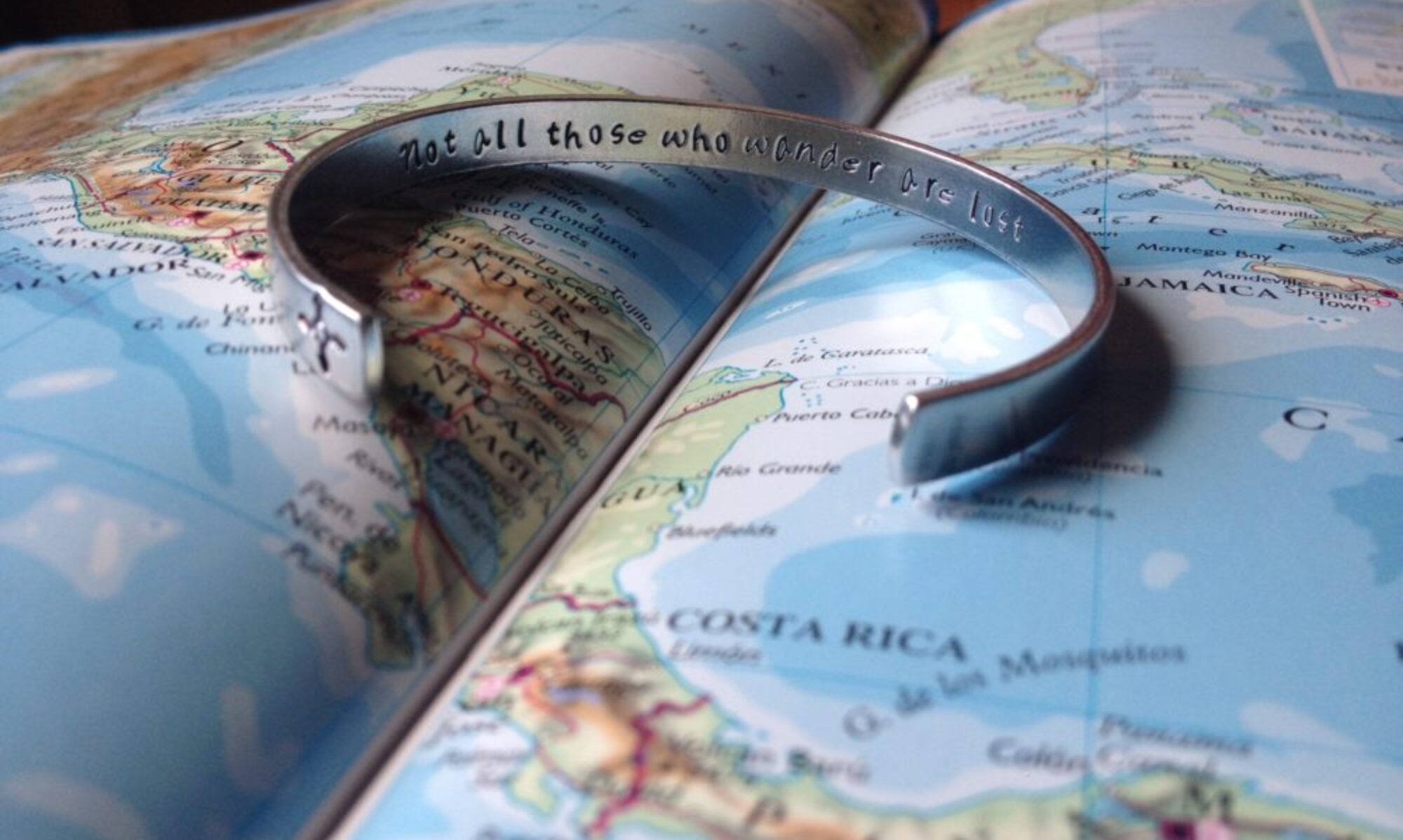Today is Mahalaya. The invoking of life in the idol of Goddess Durga. The beginning of what will be an entire week, followed by a hangover of a month of festivities.
Today is the one day when almost everyone is awake at the break of dawn.
Probably the only day when the people of Bengal tune into AIR to listen to Mahisashur Mardini by Birendra Krishna Bhadra and quietly hum along.
Today the sky is supposedly the clearest blue. With a faint hint of cotton candy clouds.
Today Ma Durga sets out on her long journey, kids in tow.
Today, one must be in Calcutta.
I am strongly reminded of Vir Sanghvi’s essay on Calcutta today; the one that talks about what Pujo actually means to the people of Bengal.
Excerpts:
Calcutta embodies the Bengali love of culture; the triumph of intellectualism over greed; the complete transparency of all emotions, the disdain with which hypocrisy and insincerity are treated; the warmth of genuine humanity; and the supremacy of emotion over all other aspects of human existence. That’s why Calcutta is not for everyone.
Tell outsiders about the importance of Puja in Calcutta and they’ll scoff. Don’t be silly, they’ll say. Puja is a religious festival. And Bengal has voted for the CPM since 1977 (until 2012). How can godless Bengal be so hung up on a religions festival? I never know how to explain them that to a Bengali, religion consists of much more than shouting Jai Shri Ram or pulling down somebody’s mosque. It has little to do with meaningless ritual or sinister political activity.
The essence of Puja is that all the passions of Bengal converge: emotion, culture, the love of life, the warmth of being together, the joy of celebration, the pride in artistic expression and yes, the cult of the goddess. It may be about religion. But is about much more than just worship. In which other part of India would small, not particularly well-off localities, vie with each other to produce the best pandals? Where else could puja pandals go beyond religion to draw inspiration from everything else?
Where else would children cry with the sheer emotional power of Dashomi, upset that the Goddess had left their homes? Where else would the whole city goose flesh when the dhakis first begin to beat their drums? Which other Indian festival – in any part of the country – is so much about food, about going from one roadside stall to another, following your nose as it trails the smells of cooking?
To understand Puja, you must understand Calcutta. And to understand Calcutta, you must understand the Bengali. It’s not easy. Certainly, you can’t do it till you come and live here, till you let Calcutta suffuse your being, invade your bloodstream and steal your soul. But once you have, you’ll love Calcutta forever.
Wherever you go, a bit of Calcutta will go with you. I know, because it’s happened to me.
And every Puja, I am overcome by the magic of Bengal. It’s a feeling that’ll never go away.
—
I don’t agree that any other Indian festival is any lesser, neither must I concur when he says that other cities in India are not as culturally inclined. Each one is different, unique and precious to the people that love them.
All I know, being born in a government hospital in central Calcutta is – there is something that runs through my veins during Pujo. Even though I’ve only spent one year taking in the spirit of the city personally. There is static in the air that awakens us.
All us Bengalis and the others that love this festival and our godforsaken city.
Calcutta is most definitely the city with a soul. And I can feel it reverberate today.

I can completely understand. And its not just about Calcutta. Any place with an overload of Bengalis becomes Calcutta so I'm sure you've experienced the same 🙂